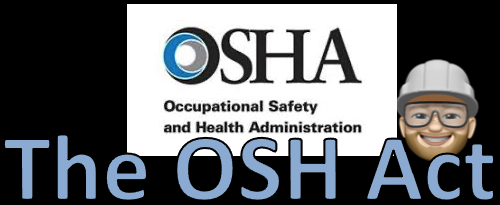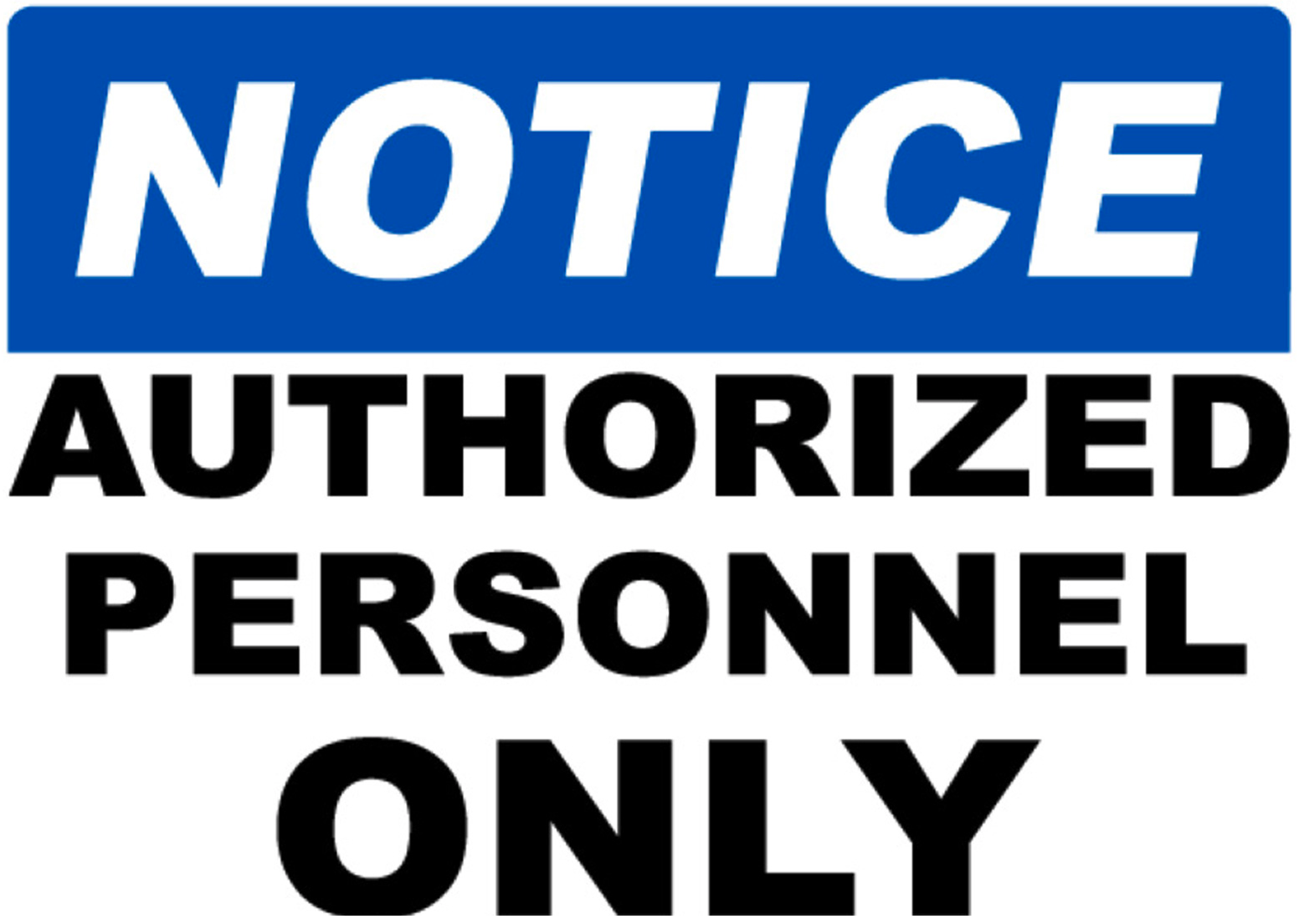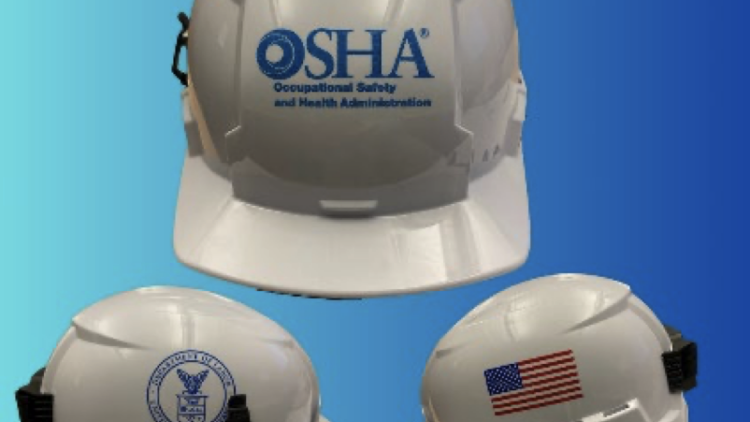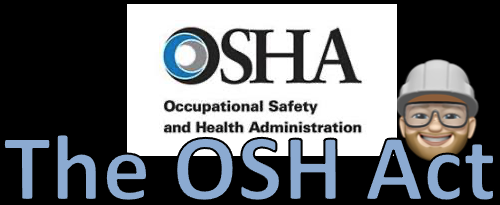
Section 6 – Occupational Safety & Health Standards
Most people know that the Occupational Safety and Health Administration (OSHA) adopts standards for Construction, but they also adopt standards for General Industry (sites after construction), Agricultural (farming), and Maritime (Ships).
Some of the standards that OSHA adopts are:
- Trenching & excavation
- Confined spaces
- Chemical exposure
- Machine Guarding
- Personal protective equipment (PPE)
- Fall Protection
- Electrical Safety including lock out / tag out
Another requirement that OSHA has, that is included in the OSH Act, is that the training must be conducted in the language and vocabulary that workers can understand. Meaning, if an employee’s primary language is in Portuguese, then the training must be written and presented in Portuguese. Additionally, the vocabulary part means that extra time must be taken to ensure that complex concepts or phrases must be fully explained so that everyone can understand the concept.
For example, Authorized Person:
General Industry Definition:
29 CFR 1910.21(b) states, “Authorized means an employee who the employer assigns to perform a specific type of duty, or allows in a specific location or area.”
Construction Definition:
29 CFR 1910.32(d) states, “Authorized person” means a person approved or assigned by the employer to perform a specific type of duty or duties or to be at a specific location or locations at the job site.”
So what does this mean? Well, when you see a sign like this:

It means that only employees of the company or subcontractor are allowed to enter this place. If your employer hasn’t “authorized” you, and you are injured, or worse, they are not liable because you entered without permission.
The Standards-Setting Process
OSHA has the authority to issue new or revised occupational safety and health standards. The OSHA standards-setting process involves many steps and provides many opportunities for public engagement. OSHA can begin standards-setting procedures on its own initiative or in response
to recommendations or petitions from other parties, including:
• The National Institute for Occupational Safety and Health (NIOSH), the research agency for occupational safety and health. (For more information, call 1-800-CDC-INFO (1-800-232-4636) or visit the agency’s website at www.cdc.gov/niosh);
- State and local governments;
- Nationally recognized standards-producing organizations;
- Employer or labor representatives; and
- Any other interested parties.
When OSHA is considering whether to develop a new or revised standard, the Agency often publishes a Request for Information (RFI) or an Advance Notice of Proposed Rulemaking (ANPRM) in the Federal Register to obtain information and views from interested members of the public. OSHA will also frequently hold stakeholder meetings with interested parties to solicit information and opinions on how the Agency should proceed with the regulation. When OSHA publishes an RFI or ANPRM, interested parties can submit written comments at www.regulations.gov, where all information and submissions are made public.
If OSHA decides to proceed with issuing a new or revised regulation, it must first publish a Notice of Proposed Rulemaking (NPRM) in the Federal Register and solicit public comment. The NPRM contains a proposed standard along with OSHA’s explanation of the need for the various requirements in that proposed standard.
Interested parties are invited to submit written comments through www.regulations.gov and OSHA will often hold public hearings in which stakeholders can offer testimony and provide information to assist the Agency in developing a final standard. After considering all of the information and testimony provided, OSHA develops and issues a final standard that becomes enforceable.
Each spring and fall, the Department of Labor publishes in the Federal Register a list of all regulatory projects underway. The Regulatory Agenda provides a projected schedule for these projects to inform stakeholders of the Agency’s regulatory priorities and enable interested parties to take advantage of opportunities to participate in the regulatory process. Current and past issues of the Regulatory Agenda can be accessed on OSHA’s Law and Regulations page at www.osha.gov/ law-regs.
Input from Small Business
The Small Business Regulatory Enforcement Fairness Act of 1996 (SBREFA) gives small businesses help in understanding and complying with OSHA regulations and allows them a voice in developing new regulations. Under SBREFA, OSHA must:
- Produce Small Entity Compliance Guides for some agency rules;
- Be responsive to small business inquiries about complying with the Agency’s regulations;
- Submit final rules to Congress for review;
- Have a penalty reduction policy for small businesses; and
- Involve small businesses in developing proposed rules expected to significantly affect a large number of small entities through Small Business Advocacy Review Panels.
More information about OSHA standards and the standards-setting process is available on OSHA’s website at www.osha.gov. Standards can be viewed on OSHA’s Law and Regulations page at www.osha.gov/law-regs.
Section 7 – Advisory Committee
In Section 7 of the Occupational Safety and Health Act of 1970 (OSH Act) it covers how OSHA will assist in the standard-setting functions under Section 7 of the OSH Act. The Advisory Committee consists of no more than 15 members that shall be appointed by the secretary and if they come from private industry must be paid as consultants. All meets are open to the public and OSHA has a page that is accessible from the internet for the Committees on Construction, General Industry, and Maritime and can be found here: https://www.osha.gov/advisorycommittees
Each such committee shall consist of not more than fifteen members and shall include as a member one or more designees of the Secretary of Health and Human Services, and shall include among its members an equal number of persons qualified by experience and affiliation to present the viewpoint of the employers involved, and of persons similarly qualified to present the viewpoint of the workers involved, as well as one or more representatives of health and safety agencies of the States
References:
OSHA. (1970). OSH Act of 1970. https://www.osha.gov/laws-regs/oshact/completeoshact


